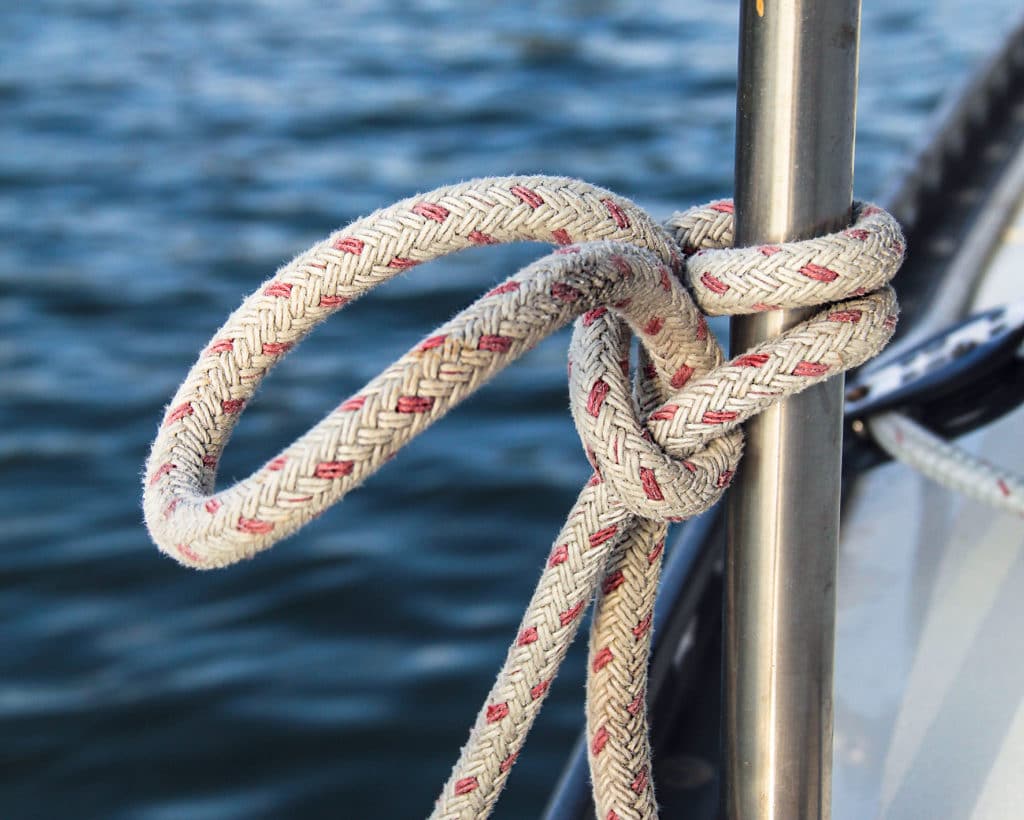
When my husband, Ben Eriksen, and I began sailing together we learned a lot about trust, each other and relinquishing control. But most importantly, we learned to tie knots.
Ben approaches knots with the question “Will it stay secure under all conditions?” This can sometimes render his knots difficult to untie.
My approach is “Will they come untied when I want them to?” That’s why I use slippery hitches frequently.
“But slip knots come apart,” he complained.
“Not if you tie them correctly,” I always replied.
The best knot stays tied when you need it to, and easily loosens when you’re ready to untie it. Each knot has a special purpose and function. Knots that require tension, such as a sheepshank, will fall apart when slackened. A knot improperly tensioned will capsize or bend out of shape. There are loop knots like the bowline, bends that join two lines like the zeppelin bend, and lashings and splices. Still, my favorite knot-tying element is the properly used slippery hitch, which is often overlooked in sailing manuals as one of the essential knots. However, understanding its use and application will open up a variety of knot-tying opportunities.
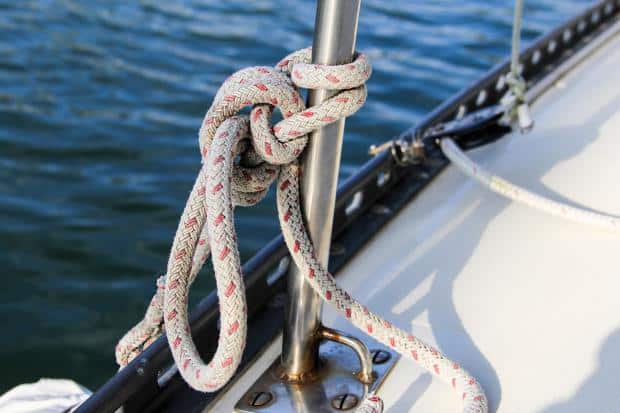
A jammed knot can be as frustrating or dangerous as a knot that slips unplanned. But slippery hitches can be added securely to many knots, resulting in a reliable knot that easily unties when you want it to.
Consider these tips when using the slippery hitch:
Partner a slippery hitch with a standard hitch.
When tying fenders to stanchions, they should be tied close to the base or on the lower lifeline to reduce unnecessary stress that happens from torque when the fenders are tied too high. The knots used to tie fenders on can experience a lot of tensioning in rough waves when the boat has a lot of motion. Here’s where I often use a round turn and two half hitches.
If this knot jammed, it would do so on the first hitch, so I tie a slippery hitch instead by pulling only a bight of rope through the half hitch. The second hitch is standard (not slippery). It’s tied with the bight of rope that resulted from the first slippery hitch. The resulting knot cannot be accidentally slipped because the top hitch is standard, but it will not jam because the hitch most likely to jam is slippery.
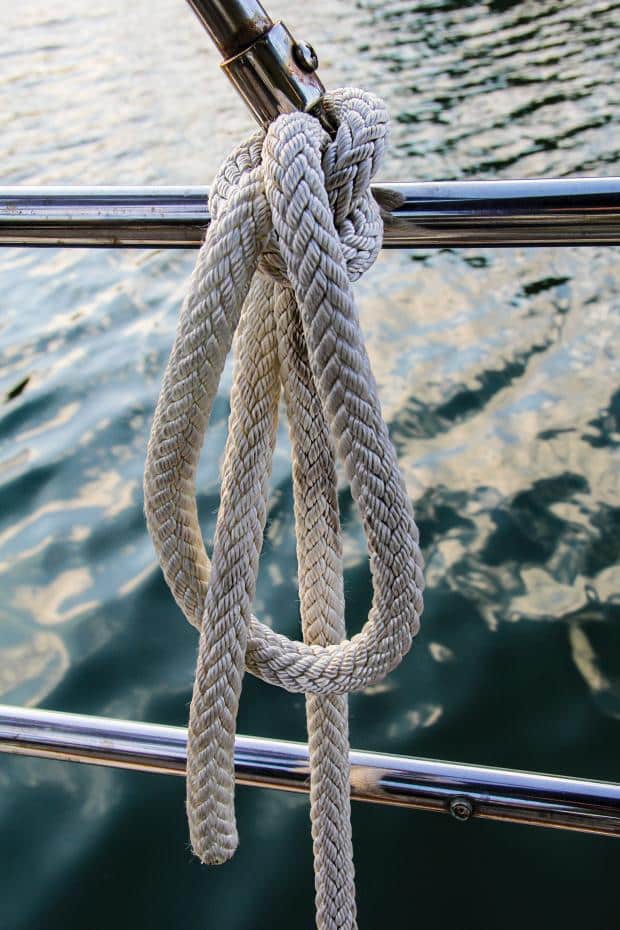
I’ll use this combination of turns and hitches when lashing oars to the deck or tying to a staunch tree or piling ashore when clothesline anchoring. This round turn and two half hitches will stay secure until I’m ready to undo it. Then it will easily untie.
Use the bitter end as insurance to prevent slipping.
One simple way to avoid untying a slippery hitch accidentally is to take the bitter end and loosely hang it through the bight made by the slip knot. If the end is pulled, then the bight will tighten on the line instead of coming undone. Be sure to hang it through loosely, as this is not required to strengthen the knot but is done only as insurance that it won’t slip if accidentally pulled. This is best used with thick lines where tying a second hitch is cumbersome.Slippery knots easily untie when the end is pulled. But sometimes lines are pulled accidentally when they are caught, stepped on or reached for.
Use tension to keep a loop from closing.
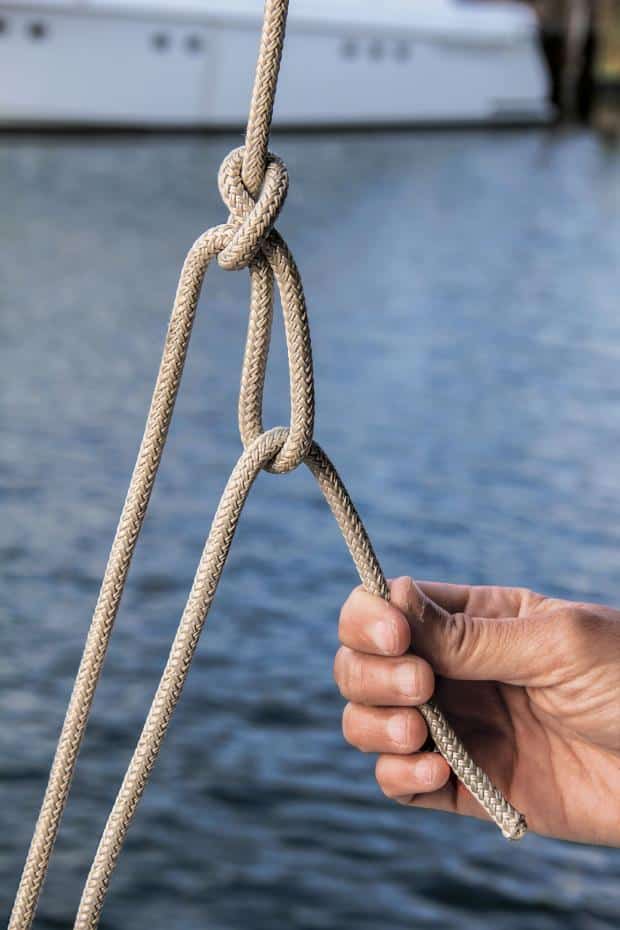
Sometimes it’s useful to tie a loop in the middle of a line that is or will become tensioned. Tying a fixed loop, such as with an overhand or figure-eight knot, will only tighten the knot more as the line is tensioned, making it impossible to untie. This is an ideal application for using a slip knot. However, because the ends are under tension, it will require an extra step to keep the loop from slipping. One great application of this method is the trucker’s hitch.
The trucker’s hitch is a series of knots used to create a makeshift block-and-tackle system for tensioning a line. I use a trucker’s hitch when tightening the corners of a boom tent or lashing my kayak to the deck.
The first loop of the trucker’s hitch is at the top and nearest the fixed end of the line. When tying my boom tent, this loop is nearest the tarp. After the first loop is made, the bitter end is passed around a stanchion or through a padeye and then passed back through the first loop. I pull the bitter end away from the loop to tighten the line, then finish with a slip knot. I’ll do this on each corner, easily adjusting the lines to get balanced tension on allcorners. Now my boom tent is ready to shed the rain.
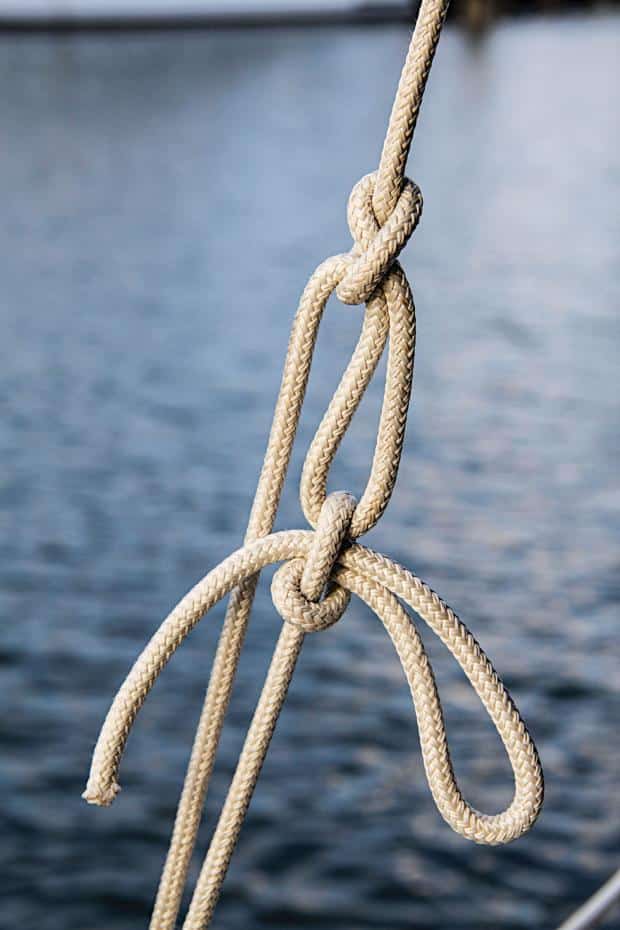
Often I observe people using a fixed loop for the first loop of a knot such as a figure eight or bowline. If you use a slip knot instead, it will be easier to untie later. If tied correctly, making the loop with the working end, the knot can’t accidentally slip, closing the loop. The working end is passed back through the loop and tensioned, therefore keeping the loop open. This is most effectively used with very small line such as paracord or seine twine.
If you’re using your marlinspike for untying knots more than for splicing, then it’s time to study the slip knot. Never use a knot you are unsure of in a safety application. However, after some use, the slip knot will become as trusty as a proper bowline.
To read more by Teresa L. Carey, visit her website.








